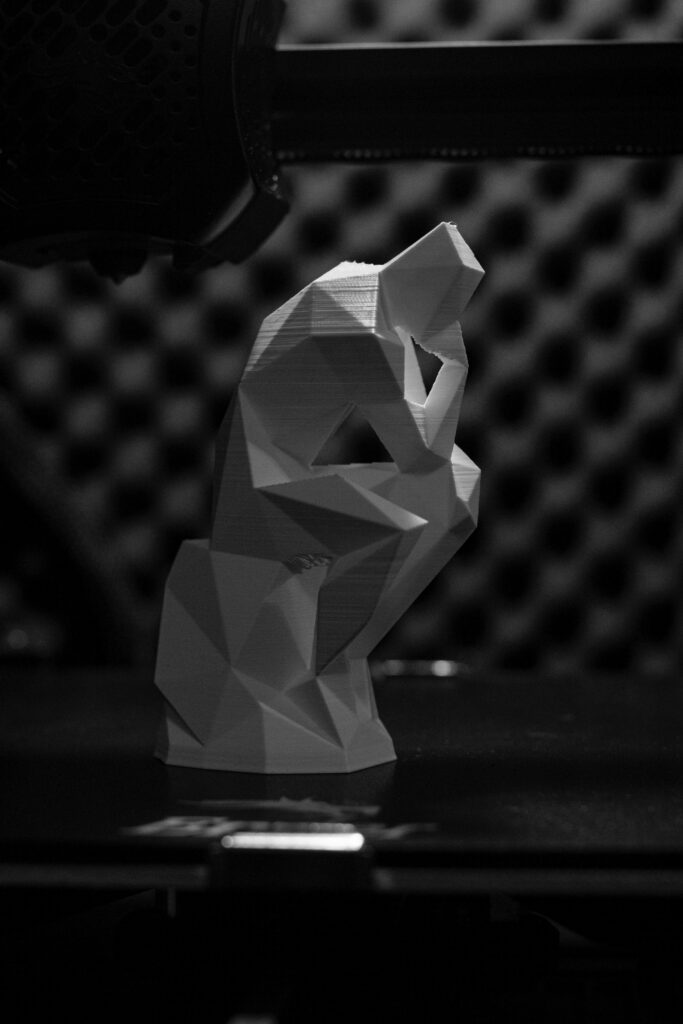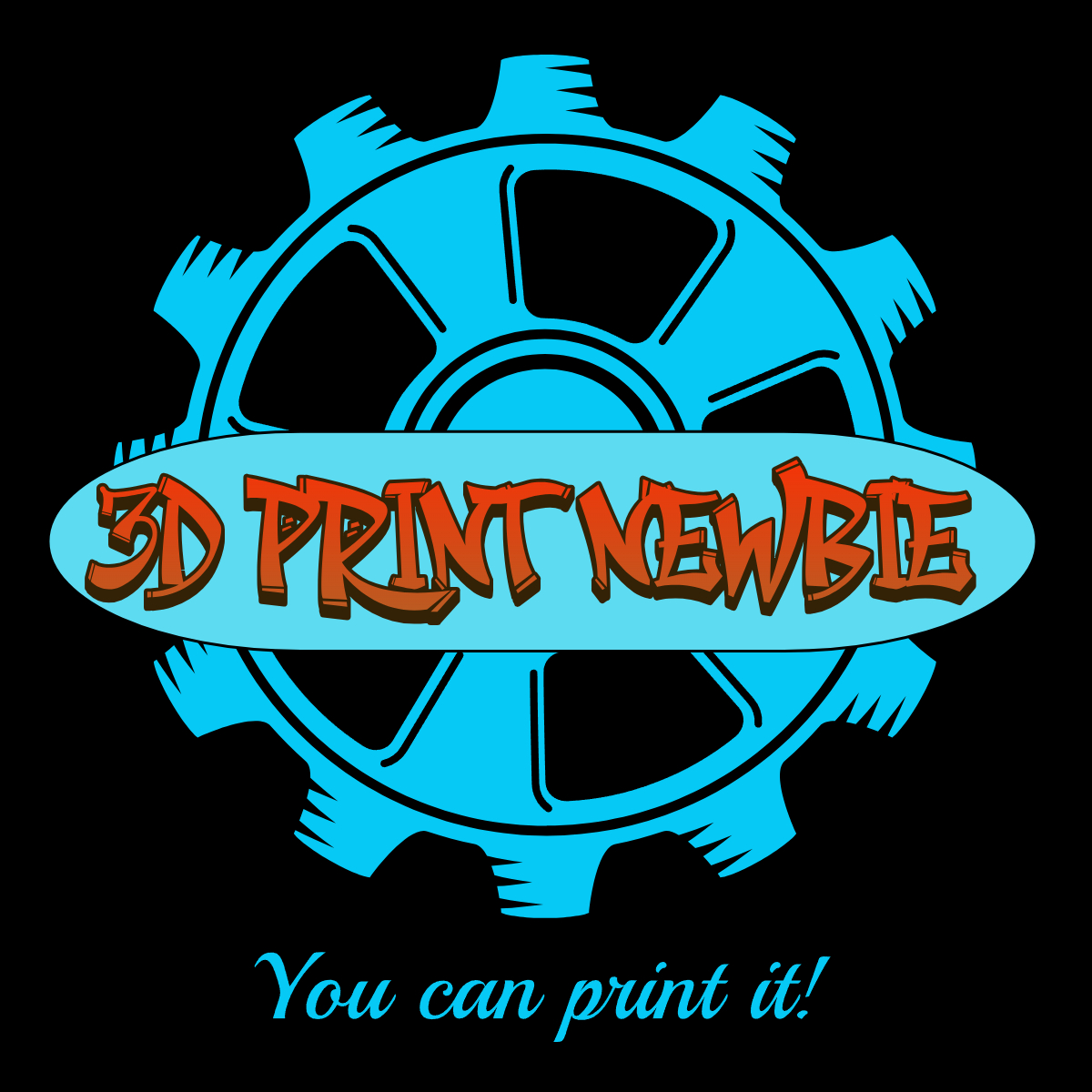
Brief Introduction
3D Printing has been pretty popular recently and you may be wondering what it is exactly. You may have never even seen anything 3D Printed and are trying to compare it to the home printer you have sitting on top of your desk. Many people get pulled into the world of 3D printing with a simple thought, will I be able to print anything I want?
The short answer is, yes. In reality, the answer is a bit more complicated. Our site motto is, “If you can think it, you can print it.” With enough determination and the right resources, 3D printers can make just about anything these days. It may not always be easy and it takes some time so you’ll have to decide if it’s the best fit for you.
Before we get too far into it, I want to cover the basics. If you already know the basics, feel free to skim this section but you will miss out on all the jokes.
How Does 3D Printing Actually Work?
3D Printing may seem like a relatively new concept but it was developed in the 1970’s and the earliest 3D printer dates all the way to 1980. This makes 3d Printing technology older than Microsoft Windows, the Internet and even Michael Jackson’s Thriller. If you thought I was going to say Hammer Pants, these can actually be found all the back in the 19th Century.
The process of 3D Printing is referred to as additive manufacturing. Most manufacturing creates something by removing materials and reshaping them. If you decided you were going to build a chair, you would start out with several blocks of wood. You measure it, cut it, and shape it to form an entirely new object. 3D printing, however, builds an object using a blueprint from a 3D software program and recreates it as a three-dimensional object. There are a few different ways this can be achieved but the most common is using a series of layers known as FFF or Fused Filament Fabrication. You may also hear the term FDM (Fused Deposition Modeling). These two terms can be used interchangeable but FDM is typically used when referring to a specific brand of printers.
FFF 3D Printing
A 3D Printer uses different types of materials, commonly referred to as filaments, to shape the pattern of the object you have selected. The filament is heated to a high temperature of 400 °F (200 °C) or more. Different filament types are heated to different temperatures. After heating up, the material is extruded through a nozzle to help shape it. Different size nozzles will impact the build of your design. The 3D printer moves along a track, to guide the material from the nozzle into whatever shape you would like to create.
Unlike your home printer, this process takes time. You can expect a build to be measured in hours instead of minutes. The more intricate the design, the longer it’s likely to take. A simple object like a coaster or a hollow item may only take 30 minutes. A large build could take 100 hours. My suggestion is to start small and increase in difficulty as you get more experience and confidence.
Take a look at this video below by Shawn Gano to see an excellent representation for how FFF 3D Printing works.
Resin 3D Printing
Another type of 3D printing referred to as SLA or Stereolithography uses a method where an object is created in a liquid. An ultraviolet light reacts with a liquid known as resin to harden it and form a shape. As the completed layers are lowered into the liquid, a new layer is added on top of it. This method of printing creates a stronger and more accurate result, but it is more expensive and requires additional equipment. Originally, SLA 3D Printing was only used in commercial printing. In recent years, SLA printing has started to find it’s way into homes and is becoming more common. SLA is more likely to produce and reproduce designs with intricate details similar to each other. This is another reason why SLA is more likely to be found in commercial locations and FDM is more likely to be used by hobbyists.
Check out this great video on YouTube by MakerMaverick on examples of what can be made using this a Resin 3D Printer:
Is 3D Printing Right For Me?
It really depends on what you want to use it for. If you would like to venture into the world of 3D printing, you need to know what you want to accomplish and set your expectation.
- Are you a hobbyist who just likes to make things? 3D printing can be an amazing option for you. You can create figures and pieces for games you like to play or create your own game. It gives you an opportunity to make things better around the home or office. Surprise your friends with an amazing design you found online.
- Do you want to make some money with 3D printing? A lot of people have found a way to create things people want using their 3D printer. With the right motivation, you can find your own corner of the 3D market universe to make your own. Keep in mind, you will not be able to sell designs or items unless you created them yourself.
- Do you enjoy working with computers? Maybe you are someone who just like to learn. You may already have a background with computers or even programming skills and can see yourself developing quickly in this area. You do not need to be a programmer to create your own designs. There are a lot of tutorials out there that will teach you how to use a variety of software that is compatible with whatever printer you are choosing.
3D printing is continuing to grow and adapting to be used in a variety of different ways. The way you plan on using a 3D printer will help you determine: Printer Size, Printer Type and 3D Materials you would need to buy. Make a budget and decide how much time and money you would like to invest in it. I will cover this in a lot more detail in our buying guide section.
Want to Learn More About Filaments?
If you are interested in learning more about 3D printing, be sure to take a look at this next article to find out more. 3D Print Filaments: Everything You Need to Know in 5 Minutes.
What Step Are You On?
When I think about 3D printing, everyone falls into one of the following steps:
- Step 1: Interest in 3D Printing
- Step 2: Buy Equipment
- Step 3: Print Other People’s Designs
- Step 4: Print Your Own Designs
- Step 5: Upgrade Printer
- Step 6: Sell Products
- Step 7: Quit 3D Printing
By reading this guide, you are probably in Step 1. Not everyone will go through each of these steps and it may not be the same order either. My goal is to keep as many people as possible from ever reaching Step 7. When you get to this step, you are just fed up. It could be that you are running into technical issues. Your printer is not calibrating correctly or you are lost inside the 3D layout for a design software. Before you give up, reach out and look for some help. There are lots of YouTube videos and courses out there you can take, books to read and forums dedicated to answering 3D print related questions. Hang in there!

